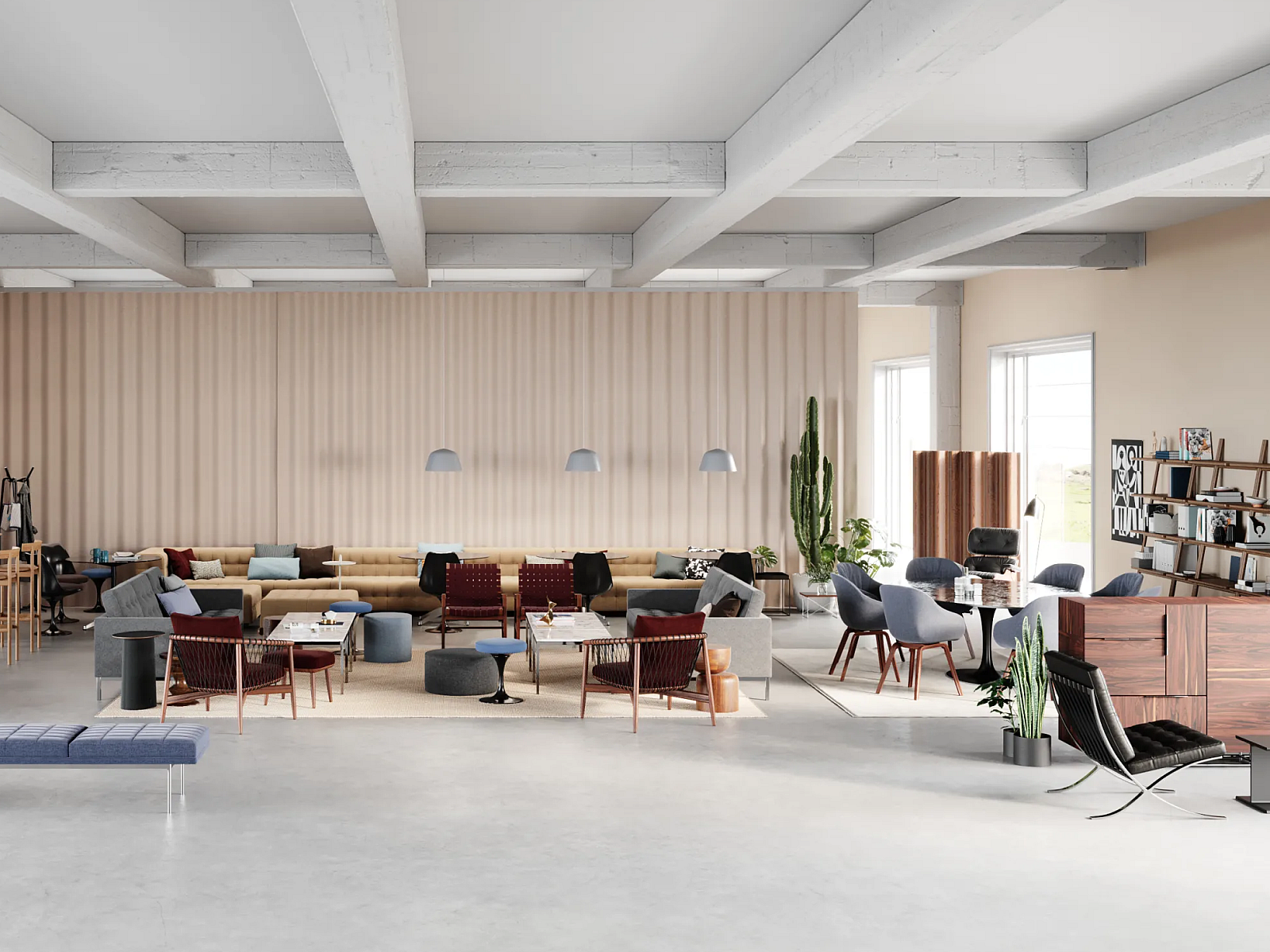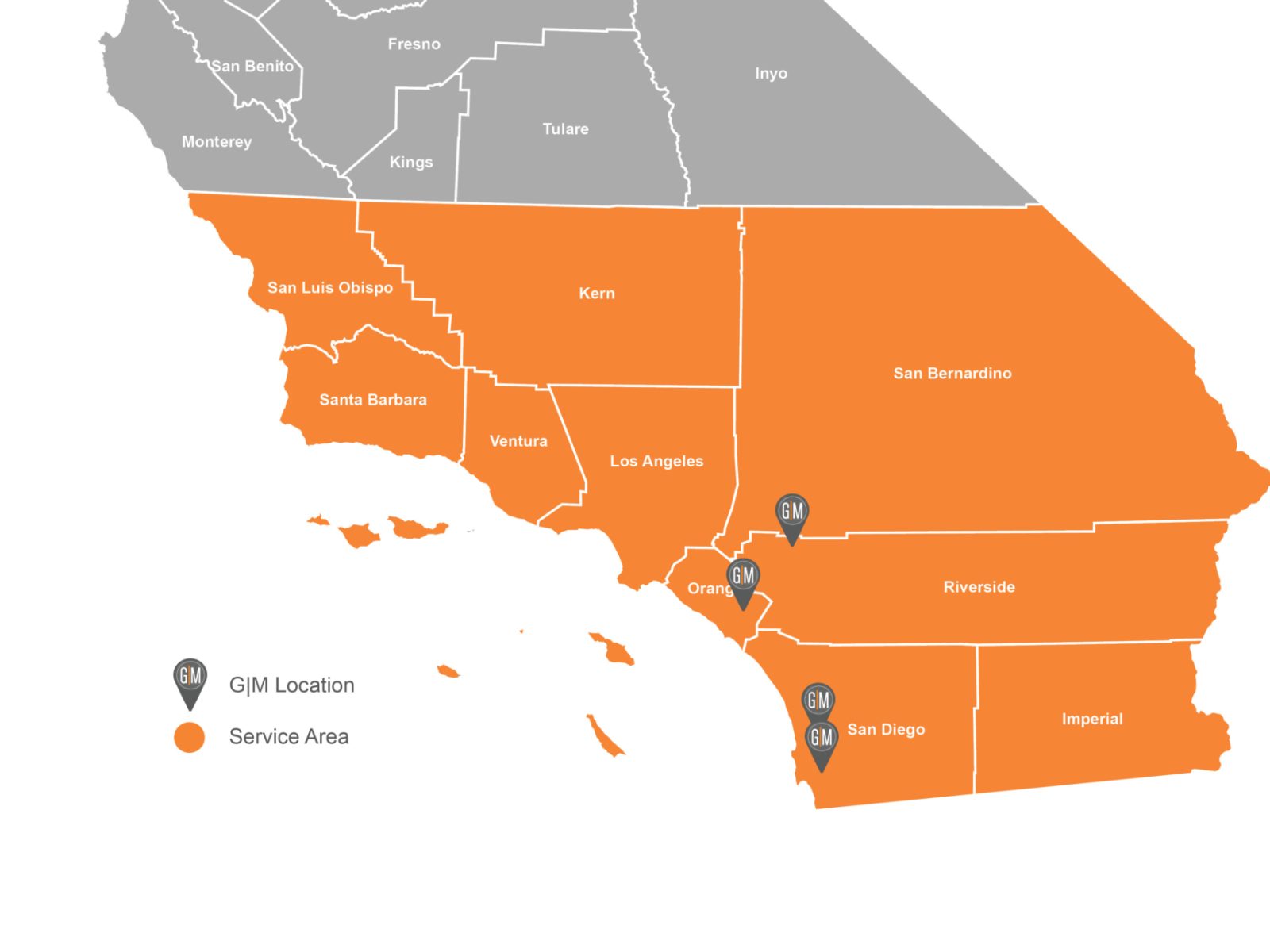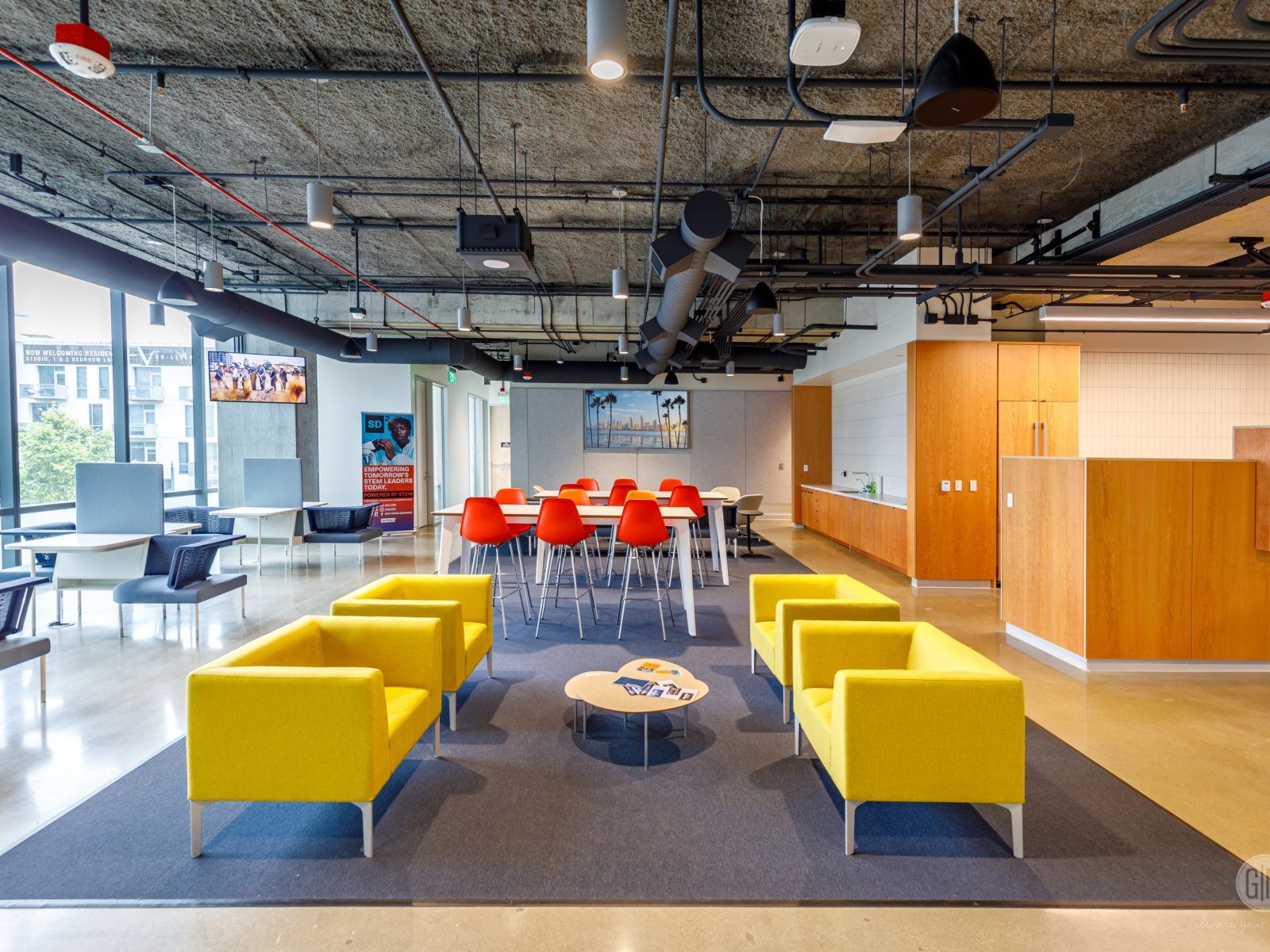AI For Architecture: Exploring Office Design Innovation
SmithGroup’s David Fersh and Peter McNally explore the utilization of AI for architecture and how it could transform the industry.

This article was written by SmithGroup’s David Fersh and Peter McNally for Work Design Magazine.
- Text generators, harnessed by the power of AI Large Language Models (LLMs) such as ChatGPT or Bard, have become useful companions for architects and designers.
- AI tools have immediate value in marketing and very early design exploration, but they are not yet game changers in the design process or in driving final outcomes.
- It is becoming clear that a new generation of AI tools will assist in speeding up many complex or repetitive tasks such as code review, adjacency optimization, or sustainability analysis.
It is impossible to ignore the vast array of tools powered by artificial intelligence — AI for short, or more specifically, machine learning — that have entered the AEC market with the potential to affect the everyday work of designers. If you scroll LinkedIn or check any tech headlines you have likely seen the hype around generative AI tools like ChatGPT or MidJourney.
The rising popularity of AI was sparked by the release of foundation models that allow users to quickly solve the “blank page problem.” They create content quickly and provide a starting point for reaction or further analysis. The majority of these tools are readily available to the general public through a simple web browser and are intuitive to use.
AI Tools for Architecture
The most commonly used next-generation AI tools generally fall into two categories — text generation and image generation. Text generators, harnessed by the power of AI Large Language Models (LLMs) such as ChatGPT or Bard, have become useful companions for architects and designers. For a group of professionals that are traditionally more focused on crafting visual stories than written words, these tools have proven helpful in developing project descriptions, composing marketing materials or synthesizing complex data. Individuals that have limited familiarity with computational design or coding are able to augment their skillsets, optimizing coding processes by explaining desired outcomes in everyday terms and letting the tool provide a general framework for code in their desired language. These LLMs are certainly not a one-click solution. Problems such as hallucination and bias can cause serious issues, and all feedback needs to be carefully reviewed and vetted. Nonetheless, they provide a strong starting point for solutions, particularly when skillfully prompted.
Similarly, image generation tools like MidJourney, Stable Diffusion or Dall-E are able to provide interesting points of reference for study. These tools are replacing Google searches (or for those of us who are even older, magazine clippings) to create hyper-specific reference images for design inspiration. However, just as teams need to be careful when using text copied directly from ChatGPT, designers should be cautious in creating work directly derived from AI-generated imagery.
From an operational perspective, these tools can be a strong agent for knowledge transfer. Current tools have been trained on vast public datasets. However, we are working on pointing these models towards internal resources and best practices to provide guidance that is based on company standards and vetted processes. Similarly, tools like UpCodes are taking advantage of AI to help simplify complex subjects like building code analysis, and there are a variety of AI based tools that are able to assist in creating automated meeting notes and action items.
Developing Technology
Presently, AI tools have immediate value in marketing and very early design exploration, but they are not yet game changers in the design process or in driving final outcomes. It is becoming clear that a new generation of AI tools will assist in speeding up many complex or repetitive tasks such as code review, adjacency optimization, or sustainability analysis. As the technology develops, it is impossible to know the future of generative AI tools, but we do know that they will need a strong backbone of relevant data for training and refinement.
To this end, we have developed a proprietary (internal) tool to help teams better organize project data. The Room Area Viewer and Editor (RAVE) utilizes a standardized term set and a 3D visualization interface to gather and analyze building spaces. This tool provides designers with a more comprehensive understanding of a project’s design program and affords access to enhanced data that can help to validate decisions. RAVE also allows teams to visualize and collect data from multiple projects and generate useful and meaningful benchmarking that can enable designers to compare and evaluate a range of potential design solutions with expediency and ease. We can imagine a future where this dataset is part of a much larger puzzle of industry-wide data that helps train a broad range of AI workplace optimization tools.
If we add a trusted human hand to the equation, AI can contribute true value to the design process right now. When working on a new Innovation Campus project for Virginia Tech, SmithGroup built an algorithm to adjust and flex the building’s geometry within given zoning requirements. By testing thousands of design options and moving beyond traditional rules of thumb, the team was able to learn from iteration and identify novel and superior design directions.
Hundreds of different massing options were produced, evolving over 1,400 variations to meet the targets for maximizing photovoltaic output, minimizing envelope area (to reduce construction cost), and meeting floor area targets. While the team played a vital role in setting the design parameters and metrics for evaluation, AI was used to help evaluate initial design options and inform the next evolution of possibilities, allowing for intelligent, automated iteration and, in some cases surprising, unanticipated results that were further developed and explored.
The idea of using AI indirectly to super-charge design tools is something that we have seen for years in different forms and will continue to gain relevance within the design profession. We have become accustomed to emails and text messages being autocompleted with predictive text. Now, we are seeing tools like Autodesk Forma implementing AI to greatly reduce processing times for environmental analysis, or NVIDIA using AI to increase the performance of graphic cards, thereby allowing designers to deliver faster, more complex visualizations.
In another instance, SmithGroup partnered with Oak Ridge National Laboratory (ORNL) on a project using artificial intelligence to augment energy modeling for building design. The project leveraged ORNL supercomputers to run energy model simulation software for 256,000 buildings across a variety of building types and climate zones. The results of the work were published in the Journal of Building Engineering and demonstrate the suitability of using energy model simulation data as training data for machine learning algorithms. This finding allowed SmithGroup to extend energy modeling to a much larger design space without the need for additional resource-intensive simulations. This work is continuing to be developed to aid architects and designers to select the most energy-efficient choices at the start of the design process.
The utilization of artificial intelligence in architecture represents a realm of immense industry transformation. As we continue to navigate this dynamic landscape it will be essential to find an equilibrium between leveraging the capabilities of current AI tools and actively participating in defining the direction and use of these AI resources, all while getting ready for the profound changes that lie ahead.

























